Last Friday, May 4, the island of Hawaii experienced a magnitude 6.9 earthquake. Though this was the largest in the area since 1975, the quake itself did relatively little harm. But it triggered something that has caused real damage: a volcanic eruption.
The volcano that is erupting is called Kilauea. It is found on the southeastern part of Hawaii Island, which is the largest of the islands that make up the U.S. state of Hawaii. (It's also called The Big Island, though it doesn't have the state capital, Honolulu—that's on Oahu.) By the end of the weekend, around 1,700 people had been evacuated from Puna district, near the Kilauea volcano. Several fissures—or large cracks—opened in the ground in Puna. This means that instead of the lava flowing down a mountain, it sprung right from the ground in the middle of neighbourhoods. The fissures leaked toxic gas and lava.
Early warning
Lava bursts from a fissure in Pahoa, Hawaii on May 5. (Getty Embed)
So far, 26 homes have been destroyed, however, no death or injuries are reported. A big reason why authorities have been able to successfully evacuate people without injury or death are the quakes. They serve as an early warning system.
The 6.9 earthquake on Friday may have been the largest quake, but hundreds of tiny quakes already had been shaking the area last week. Evacuation warnings for residents in Puna began mid-week. The governor of Hawaii, David Ige, ordered the National Guard to assist evacuations on Thursday. This meant that by the time of the large Friday eruption—and the lava flows that followed—Puna district was already on high alert and aware of the danger.
"I'm like this all the time..."
If you were born after 1983, Kilauea has been doing its thing for your whole life. (Getty Embed)
There is another reason why Hawaiians were ready for this crisis. Kilauea is the most active volcano on Hawaii. How active? Well, technically, it has been erupting since, well ... 1983. Hold on. 35 years?
Yep, you read that correctly. Of course, much of that 'eruption' is considered manageable for local residents. It essentially means that the centre of the volcano is always spewing a little lava, but it doesn't actually threaten people living nearby. It's less a non-stop violent eruption than a pot of water that is continuously boiling.
Worth the risk?
Lava flows across a street in Puna District, Hawaii. (Getty Embed)
Of course, boiling water is still something to be careful around. Residents in places like Puna know that in exchange for a home that is in a literal paradise, they must be ready for a possible moment when Kilauea might choose to point its anger in their direction. For people in Leilani Estates—the main evacuated neighbourhood—that time has come.
Residents in shelters spoke of the heartbreak of losing their homes—and the nervousness of not knowing what would happen next. The toxic gas also means that even those whose homes aren't damaged need to stay clear until the vents are sealed. Authorities are not sure when that will happen. But emerging safe with their loved ones and pets means that the people of Puna district will all be able to start again. That is no small thing!
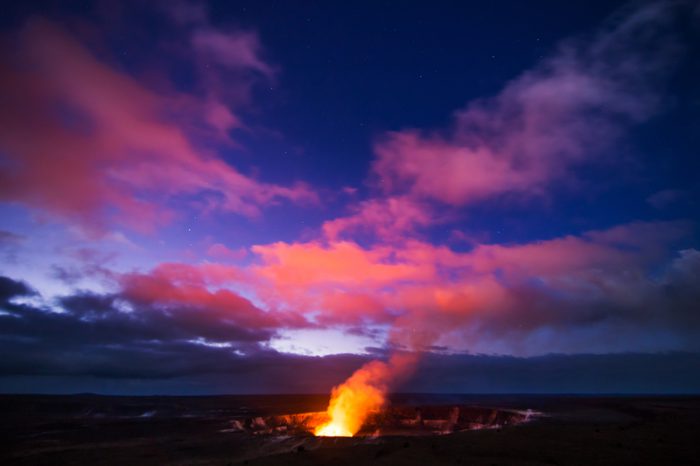 Kilauea is Hawaii's most active volcano. (© Valentin Armianu | Dreamstime.com)
Kilauea is Hawaii's most active volcano. (© Valentin Armianu | Dreamstime.com)


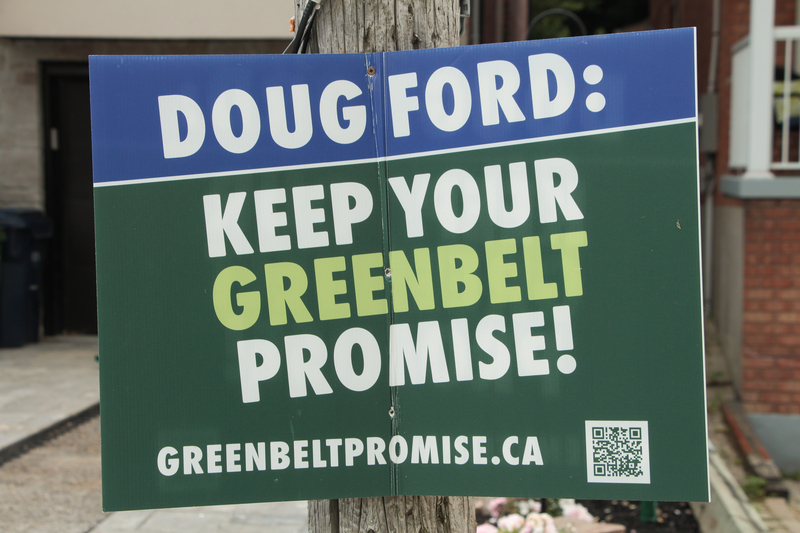
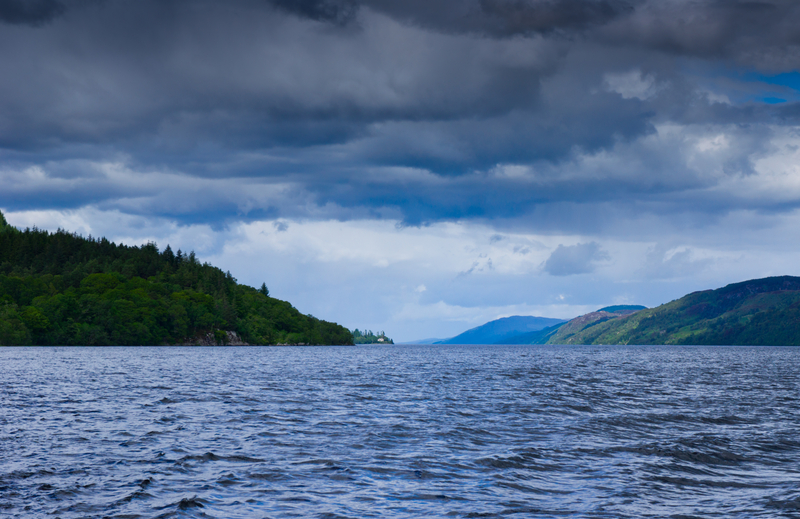

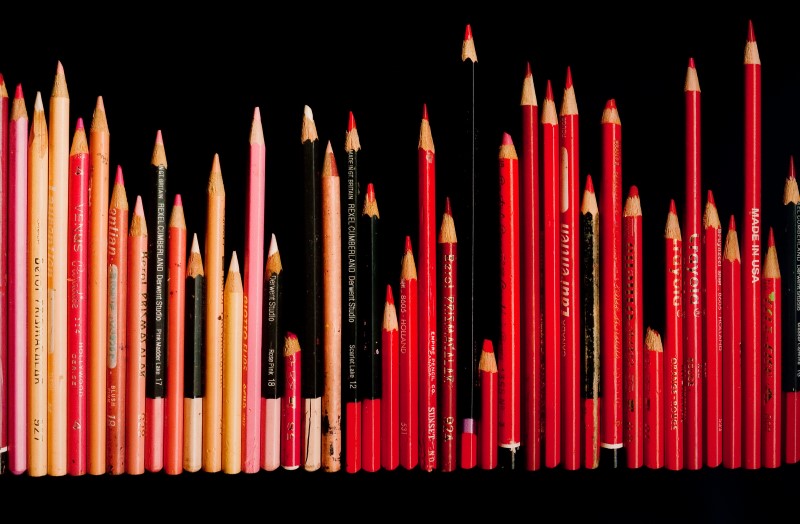


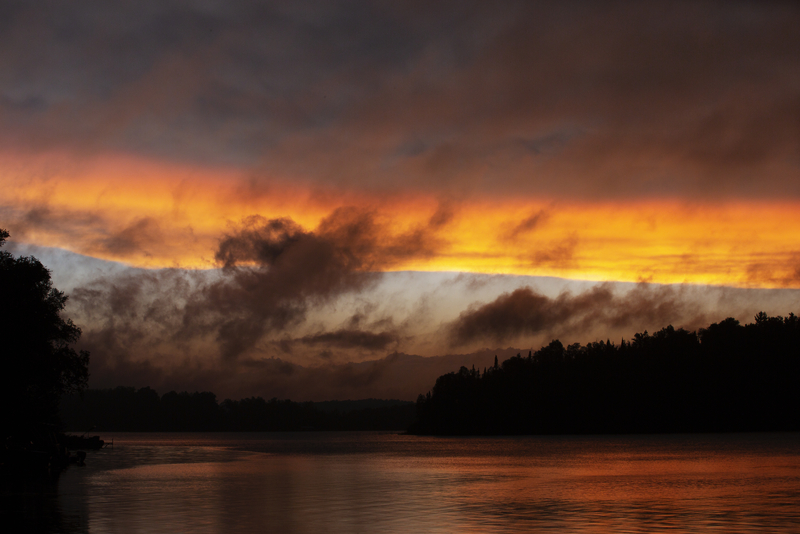
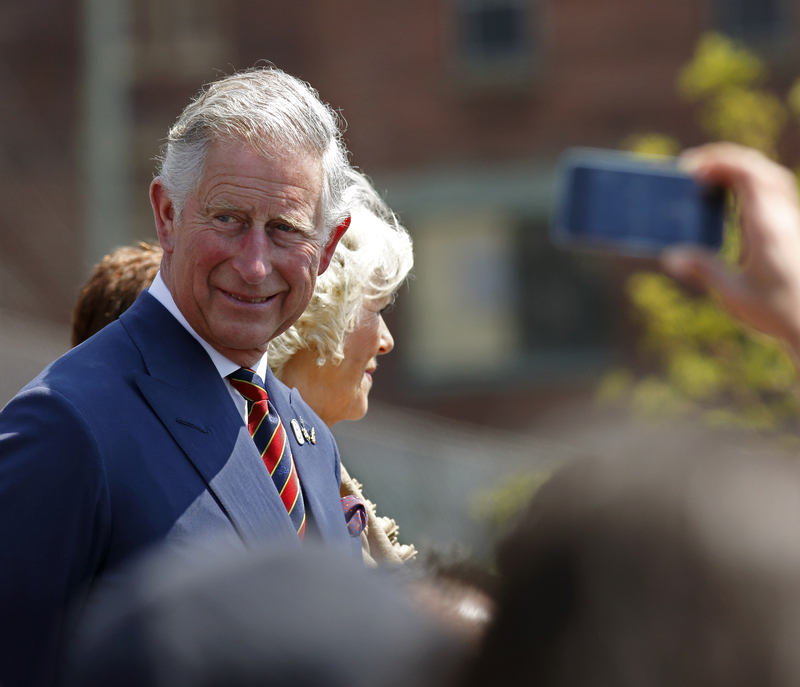
🙁 😮 😥 I feel bad, hope there okay
Yeah 😐
The volcano is hot. The tree is on fire. The lava berns the ground.